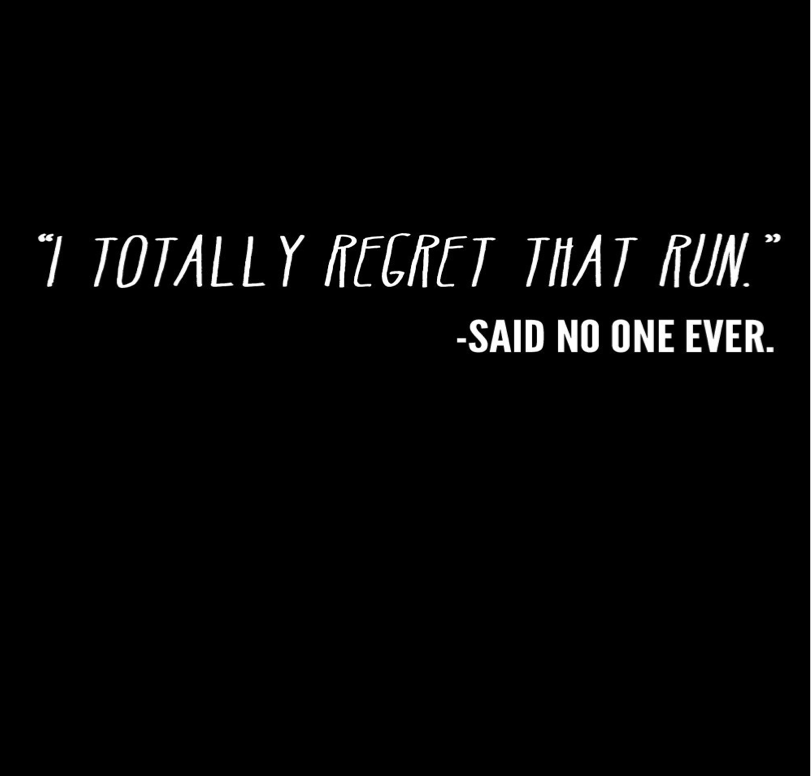Pain can indicate progress, or problems. Here’s how you gauge discomfort.
Differentiating between the usual “I just worked out really hard” pains and the more worrisome, “I think I might’ve hurt myself” ones can be difficult, especially when you’re trying to push yourself towards progress.
There’s a pain of injury and a pain of adaptation — one is bad and the other is good. To know the difference, read on.
THE GOOD KIND
Comeback aches: You might be doing an activity perfectly, but if you haven’t something like high-intensity cardio in a while, it is normal for your body to ache a bit during and after your session.
Immediate aftershock: When you perform an activity pain free, and then feel really sore afterwards, in the muscles you were training, that’s a good sign. Some discomfort after properly executed exercise means that your body is adapting to become more fit.
(Perfectly normal) soreness: Your soreness could last anywhere from two to four days post-workout. Rather than stopping all movement and letting the pain take over during that time, it is recommended that you should work through it and keep your muscles moving.
THE BAD KIND
Biomechanical error: If you don’t have any pain prior to your activity, and then you experience pain while you’re performing a particular movement, you should stop and take a step back and have a trainer evaluate your form and technique.
Interconnected injuries: Any chronic, pre-existing pain in your back, hips or knees might rear its ugly head in other parts of your body. For example, an ankle issue will probably create knee issues.
It’s important to make those connections so that you can avoid misdiagnosis and focus your treatment appropriately. Your personal trainer and physiotherapist can work together in providing your recovery and fitness goals.
Localised pain: If you’re experiencing localised pain during or after strength training, it’s a red flag for you to stop and seek assistance.
Acute, out-of-nowhere aches: Any sharp, stabbing, traumatic, and/or sudden pains during any kind of workout should be checked out immediately.
The overdoing-it variety: After your two-to-four day recovery period, if the pain lingers into your next attempted exercise session, you might be overtraining or not recovering adequately enough between workouts
For more information, seek professional help through Dolphins Health Precinct Personal Training Department.













